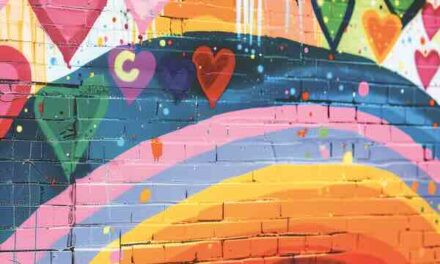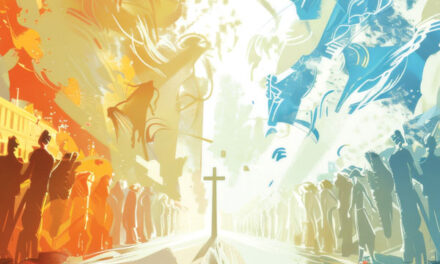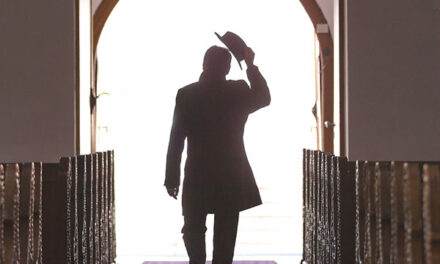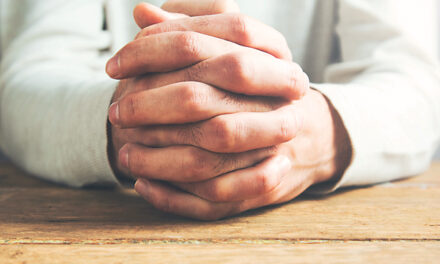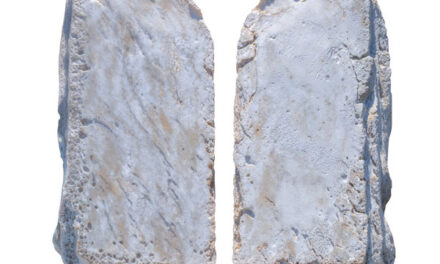In the aftermath of the Dixie Fire, the largest single wildfire ever recorded in California, I am curious how chaplains aid in the physical and spiritual recovery of victims.
I meet my pastor, Mike Bivins, in the church parking lot at 6 a.m., and we head into the heart of the disaster zone for a strategy meeting with local pastors, hosted by Greenville Southern Baptist Church.
Bivins directs volunteers from California’s Southern Baptist Convention Disaster Relief Ministries. On the four-hour commute, he assures me that the group goes only where it’s invited.
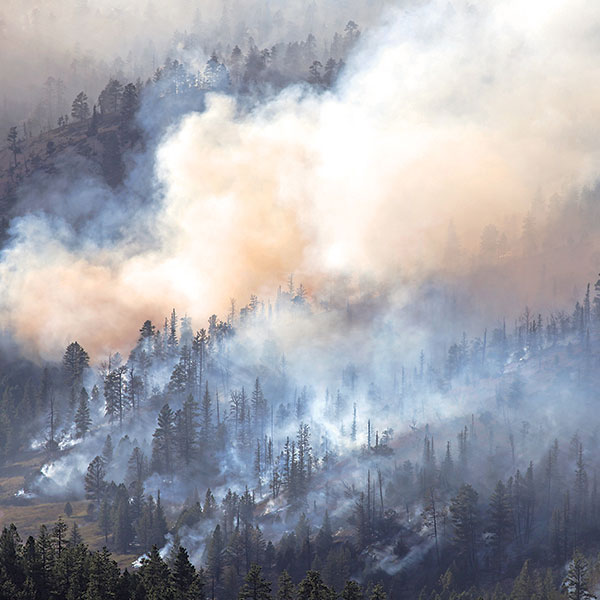
“We aren’t parachuting in to rescue these people,” he says. “We come only by invitation to work with local entities like churches or to partner with National Volunteer Organizations Active in Disaster.”
While navigating winding highways and roadblocks, Bivins outlines the aid we’ll offer people affected by the fire: help, healing and hope.
We bring more than “thoughts and prayers,” he says. We put boots on those prayers by giving tangible help in the aftermath of natural catastrophes.
Disaster Relief Ministries sets up portable kitchen units from which cooking teams put out 500 meals a day. Chainsaw teams clear property. Volunteers with flat shovels “muck-out” home slabs, scraping them clear.
Healing begins with recovery of personal property. We sift through ash for jewelry and other items with special meaning. Recovery of family heirlooms draws sobs of relief and joy from victims.
Hope shines through the heart of volunteer chaplains who help victims cope with personal losses, distilling spiritual issues.
Chaplain Brenda Murray knows what this means.
“We let people know we are here for them,” she says. “It’s mostly just being here for them, listening to understand their heart.”
She adds, “We try to become the hands and feet of Jesus.” It’s a phrase Bivins echoes during the drive.
Cliché, yes. But not.
Even chaplains want to fix things. Offer advice. Explain the pain.
But Disaster Relief chaplains let people express their hurt and let it be. Often, victims ask them to share the hope they quietly carry.
Just before noon, we arrive in a town burned to the ground. It is indescribable, so I snap pictures. See them at norrisburkes.crevado.com.
We meet for lunch hosted by a fire survivor. Our strategy-pie is cut into specific tasks and doled out for dessert.
Some locals will host fire crews. Some will collect community supplies to share with neighbors. Like the Disaster Relief chaplains, they are in for the long haul.
After lunch, Bivins and I crawl back in his truck for the weary trip home. But he’s not finished.
“One more stop.”
In Indian Falls, we meet a family with a water-well damaged by the fire. The homeowner hopes to restart the well so he can supply water to neighbors with homes destroyed on all sides of his property.
Before repairs begin, we must pull out 175 feet of PVC pipe. For 20 minutes, Bivins and I join the family and strain with all we have. It gets stuck. We go back for another try, followed by three more.
The pipe comes out and my once-clean meeting shirt boasts mud and engine grease.
We return to Bivins’ truck, wash our hands and share the two sandwiches I brought.
“So,” I ask, “was that hands-and-feet work?”
Bivins smiles through his grease-smudged goatee. “I think you’re catching on, chaplain.”
Norris Burkes can be reached at comment@thechaplain.net. Follow us on Facebook, Twitter and Instagram: @insidesacramento. Burkes is available for public speaking at civic organizations, places of worship, veterans groups and more. For details and fees, visit thechaplain.net.




